
Potsdam, Germany 2009-09-16
Klaus Birkenbihl, W3C
this talk at http://www.w3.org/2009/Talks/1015Potsdam-KB/


BRUSSELS -- 24 November, 1997 -- The World Wide Web Consortium (W3C) today announced the launch of W3C-LA, a new initiative to promote W3C developments to leverage the Web for European industry. W3C-LA (Leveraging Action) is one of the European Commission's "Leveraging Actions for Software Technologies", sponsored by the Esprit programme.
...
To enhance the communication between W3C and the Web community, W3C will open W3C Offices covering specific geographical areas. W3C Offices will be the first point of contact between the Consortium and its membership, as well as the general public in their corresponding region. CLRC-RAL has been established as the first W3C Office, covering the United Kingdom. Other Offices to be launched during the first quarter of 1998 include GMD (Forschungszentrum informationstechnik) in Germany, CWI (Centrum voor Wiskunde en Informatica) in the Netherlands, SICS (Swedish Institute of Computer Science) in Sweden, and FORTH (Foundation Of Research and Technology) in Greece.


 Australia (CSIRO) |
 Benelux (CWI) |
 Brazil (NIC.br) |
 China (Beihang University) |
 Finland (TU Tampere) |
 Germany and Austria (FH Potsdam) |
 Greece (FORTH-ICS) |
 Hungary (SZTAKI) |
 India (MIT-DIT) |
 Italy (CNR) |
 Israel (ISOC-IL) |
 Korea (ETRI) |
 Morocco (EMI) |
 Southern Africa (Meraka Institute) |
 Senegal (ESP) |
 Spain (CTIC) |
 Sweden (SICS) |
 UK and Ireland (STFC RAL) |
more to come ... | more to come ... |
One succes criterion for Offices is the membership development in their region
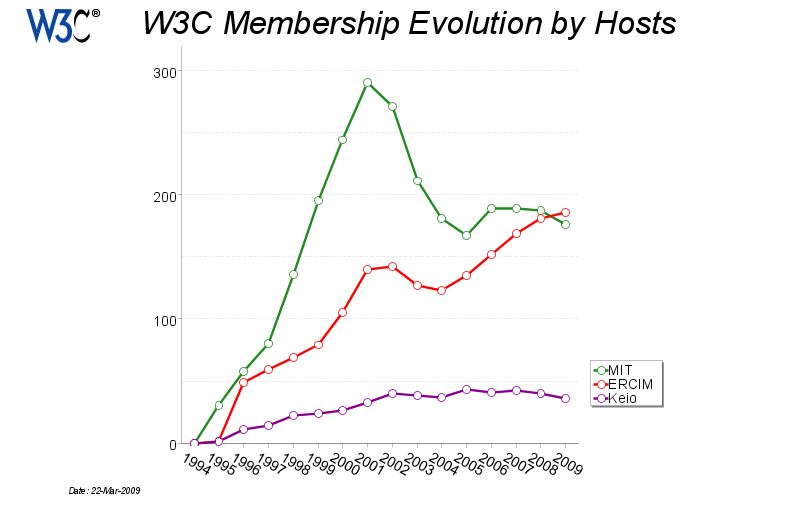
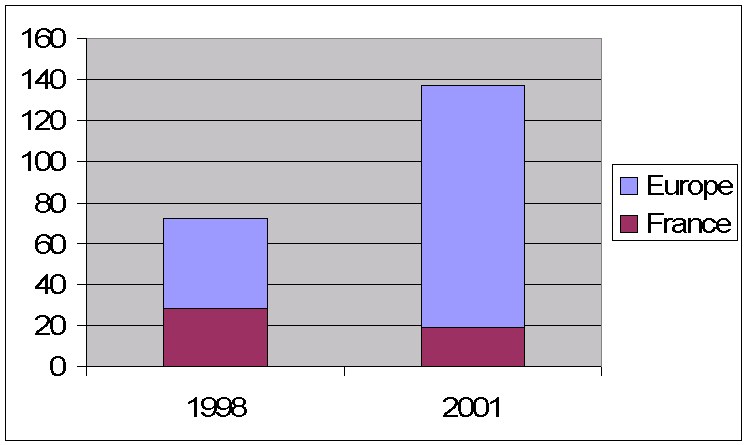
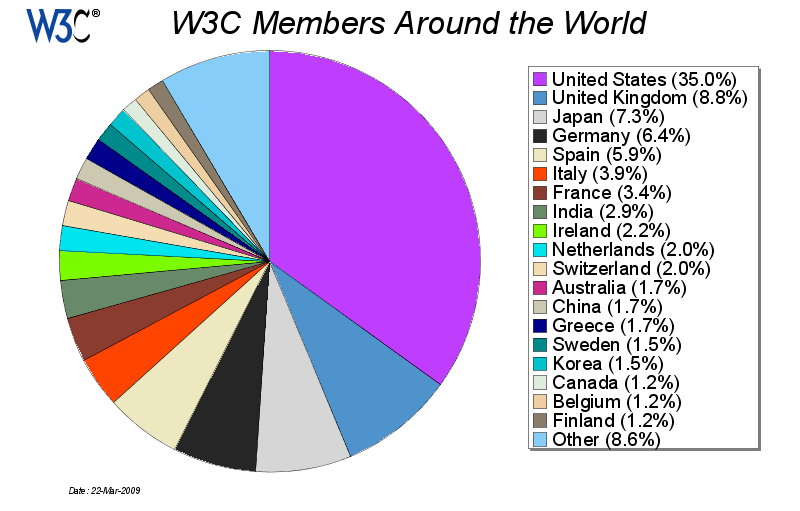
All countries mentioned in this list - except Switzerland and Canada - have an W3C Office or W3C Host presence today
 W3C Standards Tour
W3C Standards Tour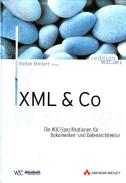 XML & Co:
Extensible Markup Language (XML) 1.1 (4. Februar 2004),
Document Object Model (DOM) Level 3 XPath Spezifikation (31. März 2003),
Extensible Markup Language (XML) 1.1, Candidate Recommendation (15. Oktober 2002),
Extensible Markup Language (XML) 1.0, Zweite Auflage (6. Oktober 2000),
Extensible Markup Language (XML) 1.0 (10. Februar 1998),
XML-Schema Teil 0: Einführung (2. Mai 2001),
XML-Schema Teil 1: Strukturen (2. Mai 2001),
XML-Schema Teil 2: Datentypen (2. Mai 2001),
XSL-Transformationen (XSLT) 1.0 (16. November 1999),
XML Path Language (XPath) Version 1.0 (16. November 1999),
Namensräume in XML (14. Januar 1999),
XML Information Set (24. Oktober 2001),
XML Base (27. Juni 2001),
XLink 1.0 (27. Juni 2001) and
Verknüpfen von Style Sheets mit XML-Dokumenten Version 1.0 (29. Juni 1999).
XML & Co:
Extensible Markup Language (XML) 1.1 (4. Februar 2004),
Document Object Model (DOM) Level 3 XPath Spezifikation (31. März 2003),
Extensible Markup Language (XML) 1.1, Candidate Recommendation (15. Oktober 2002),
Extensible Markup Language (XML) 1.0, Zweite Auflage (6. Oktober 2000),
Extensible Markup Language (XML) 1.0 (10. Februar 1998),
XML-Schema Teil 0: Einführung (2. Mai 2001),
XML-Schema Teil 1: Strukturen (2. Mai 2001),
XML-Schema Teil 2: Datentypen (2. Mai 2001),
XSL-Transformationen (XSLT) 1.0 (16. November 1999),
XML Path Language (XPath) Version 1.0 (16. November 1999),
Namensräume in XML (14. Januar 1999),
XML Information Set (24. Oktober 2001),
XML Base (27. Juni 2001),
XLink 1.0 (27. Juni 2001) and
Verknüpfen von Style Sheets mit XML-Dokumenten Version 1.0 (29. Juni 1999).
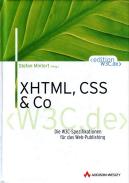 XHTML, CSS & Co:
XHTML+MathML+SVG, Working Draft (9. August 2002),
XFrames, Working Draft (6. August 2002),
XHTML 1, Zweite Auflage (1. August 2002),
XHTML 1.1 (31. Mai 2001),
Modularisierung von XHTML (10. April 2001),
XHTML Basic (19. Dezember 2000),
HTML 4.01 (24. Dezember 1999) and
Cascading Style Sheets, level 2 (12. Mai 1998).
XHTML, CSS & Co:
XHTML+MathML+SVG, Working Draft (9. August 2002),
XFrames, Working Draft (6. August 2002),
XHTML 1, Zweite Auflage (1. August 2002),
XHTML 1.1 (31. Mai 2001),
Modularisierung von XHTML (10. April 2001),
XHTML Basic (19. Dezember 2000),
HTML 4.01 (24. Dezember 1999) and
Cascading Style Sheets, level 2 (12. Mai 1998).
 forum for free talks with developers, researchers and the browser industry
forum for free talks with developers, researchers and the browser industryBeing W3C.de/at Office staff does not require a specific hairstyle ...
 Klaus Birkenbihl |
 Henning Fischer |
 Thomas Tikwinski |
 Felix Sasaki |